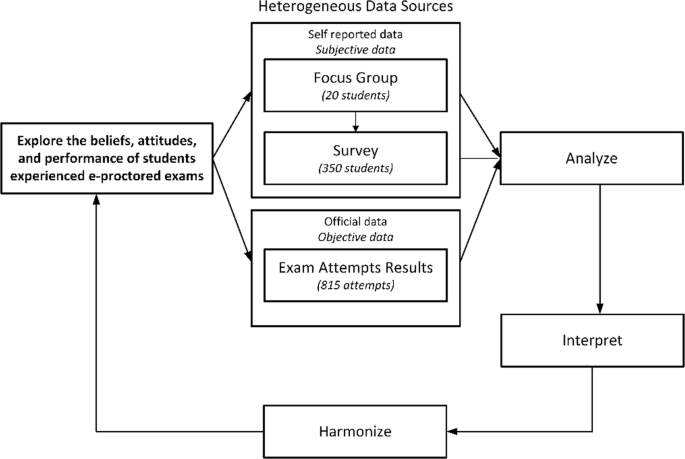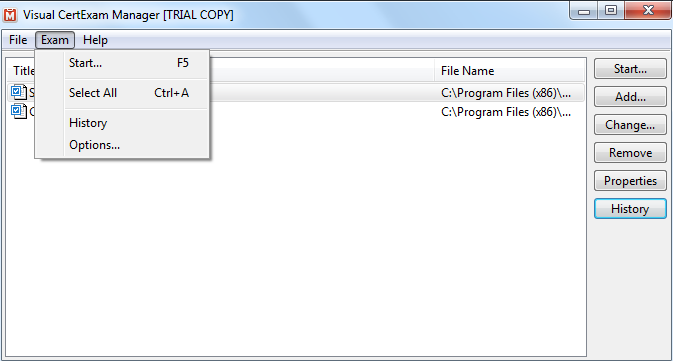
Screening results were compared with findings at a gold standard comprehensive examination by a pediatric ophthalmologist who was masked to screening results.

In a pair of studies, 400 preschool children were screened using a prototype retinal birefringence scanner that collected five scans in 2.5 s from children aged 2–6 years old at two pediatric ophthalmology private practices and at one pediatric primary care practice. If fixation is unsteady or eccentric because of amblyopia, there will be little or no birefringence and, as a result, little or no 200 Hz signal in the returning light (Fig. Because the Henle fiber layer is a birefringent tissue, a spot of polarized light scanned in an annulus at 100 Hz during central, steady foveal fixation will result in frequency doubling and 200 Hz will be the dominant signal frequency in the returning light. Retinal birefringence scanning takes advantage of the unique architecture of the human fovea, with its radial organization of the Henle fibers. Recently, retinal birefringence scanning has been developed as a method to detect amblyopia and strabismus. New alternatives for early vision screening that target amblyopia directly rather than risk factors are on the horizon, including retinal birefringence, optokinetic nystagmus visual acuity screening, and artificial intelligence.īinocular Retinal Birefringence Screening

Because of the high false positive rate, the “earlier is better” notion has recently been called into question because automated screening may lead to unneeded office visits, treatment, financial burden, and potential psychosocial harm. Lack of confidence in turn leads to a reduced likelihood that the pediatrician will refer a child for eye care as a result of a failed screening exam, and a reduced likelihood that the family will seek eye care when referred. False positives lead to higher health care costs, parental anxiety, and a lack of confidence in screening results. PROS members reported that the high false positive rate (over-referral) of automated screeners was the major barrier. In a recent study of 10,000 3-year-olds seen in the Pediatric Research in Office Settings (PROS) network, pediatricians reported not even attempting screening for 62% of children. However, the prevalence of risk factors is 21% compared to a prevalence of amblyopia of 2.5%, i.e., 8 or 9 of every 10 children who fail automated screening because they have a risk factor are false positives and do not have amblyopia. Automated devices provide a simple, more successful approach to screening, aiming to detect refractive error and strabismus risk factors for amblyopia, rather than detecting amblyopia directly. However, only one-third of 3-year-old and half of 4-year-old children can complete a visual acuity test of each eye. The gold standard for amblyopia screening is visual acuity testing and most vision screening programs still rely on visual acuity charts as their primary screening test for amblyopia. Moreover, amblyopia can be treated more effectively when treated early the same study found a 70% lower prevalence of residual amblyopia after treatment when therapy was initiated before age 3 years. In a population-based, randomized longitudinal study, repeated early screening resulted in a 60% decreased prevalence of amblyopia and improved visual acuity outcome at age 7 years compared with surveillance only until school entry. We know that repeated early vision screening improves vision outcomes.

Accurate screening can also reduce false positives, and spare nonamblyopic children the need for a complete eye exam, saving both time and health care resources.

Accurate screening methods that can be employed by pediatricians, family care practitioners, nurses, or community organizations could identify amblyopia at a time when treatment is most effective. Screening for amblyopia is recommended as a part of routine health surveillance for children aged 3–5 years in many countries.


 0 kommentar(er)
0 kommentar(er)
